The Nikon 16-35mm f/4G ED VR II AF-S is one of the best lenses in production. This wide-angle lens may be the sharpest lens Nikon makes (the 14-24mm may be sharper… But just barely). It’s weather
proof resistant, not terribly heavy, and can accept a screw on 77mm lens filter (the Nikon 14-24mm does not accept filters, at least not conveniently). This lens is a full frame lens but works perfectly well on APS-C sensor bodies as well (effective focal length on APS-C sensors is 24 – 52.5mm).
The VR (Vibration Reduction) of the 16-35mm lens is superb and allows you to shoot handheld in low light, very low light. It’s said you can shoot handheld up to four shutter speeds slower than without the VR (though I’ve not tried shooting at 1/10 sec. without a tripod).
If you’re considering the Nikon 17-35mm f/2.8 lens you’ll want to consider the fact that the 16-35mm is sharper, lighter, and much cheaper. The 16-35mm f/4 has VR so it enables you to shoot handheld in just as low light as the 17-35mm f/2.8. Some might argue that f/4 is too slow for sports photography but I would argue you’re using the wrong lens altogether (35mm doesn’t give the reach that almost all sports photographers would prefer).
An objective measure of the perceivable quality.
The image quality is superb, one of the sharpest lenses I’ve ever used. It’s sharper than the Nikon 24-70mm f/2.8 which is saying something. High quality prime lenses will always be sharper than a zoom lens but you’d need the highest quality primes (and about 3 of them) to replace this lens… Subsequently, you could replace three of your prime lenses with this lens and probably never notice a difference in image quality.
You’ll have distortion on the wide end as all super wide-angle lenses do. If you know how to use a wide-angle lens then you reduce this issue by either shooting level with the horizon or using lens correction in post processing (I say if you know how to use a wide-angle lens because if you don’t you could inadvertently create more distortion based on how you shoot). Vignetting is a slight problem as well, so slight I considered not even mentioning it (correctable in post processing).
The corners are slightly soft when shooting at 16mm with an aperture of f/4, using a narrower aperture solves this. This is typically a non-issue when shooting landscape due to hyperfocal distance (you’d need a narrower aperture than f/4 for the entire scene to be sharp) but this could be an issue for other types of photography… Landscape astrophotography, for instance, will have slightly softer corners.
The corners in this image are slightly softer than the center. You’ll likely never run into someone who notices but if you are a perfectionist you may notice. Narrow your aperture to f/5 and the problem goes away.
When trying to quantify a number that represents the image quality of this lens (1-10, 10 being excellent) I take into account the natural limitations of every lens in its category. The categories this lens falls under in relation to image quality are: Professional, Zoom, and Super Wide-Angle. Knowing that and having sampled many lenses in those categories I give this lens a rating of 10. If I were to compare it to another category, Primes, then the lens would get a solid 9 in the image quality area.
A measure of its ability to withstand the test of time
With this lens Nikon was targeting the professional market and thus the build quality is professional quality. The outer barrel is made of adamantium magnesium alloy and the focus and zoom rings move smoothly. There is no play in the focus ring in my sample of the lens, as soon as you start to adjust it the lens responds.

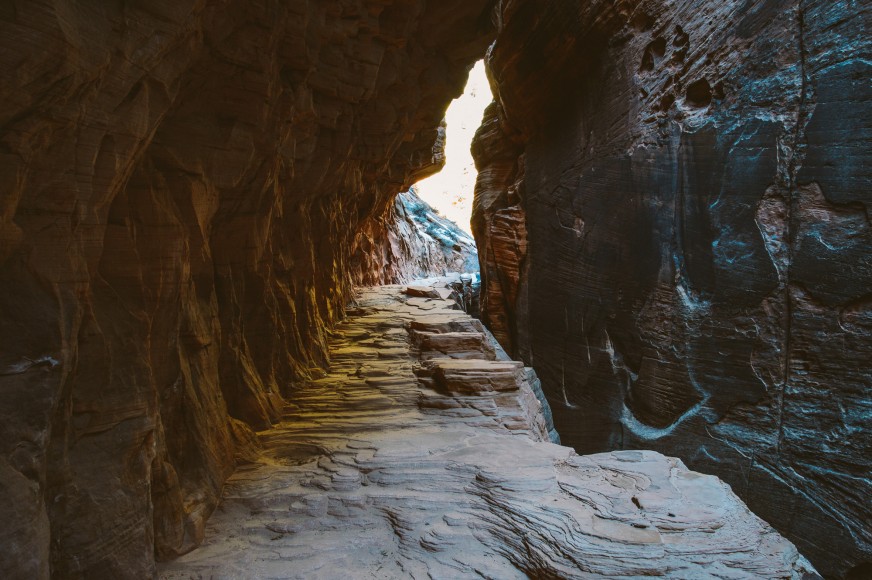
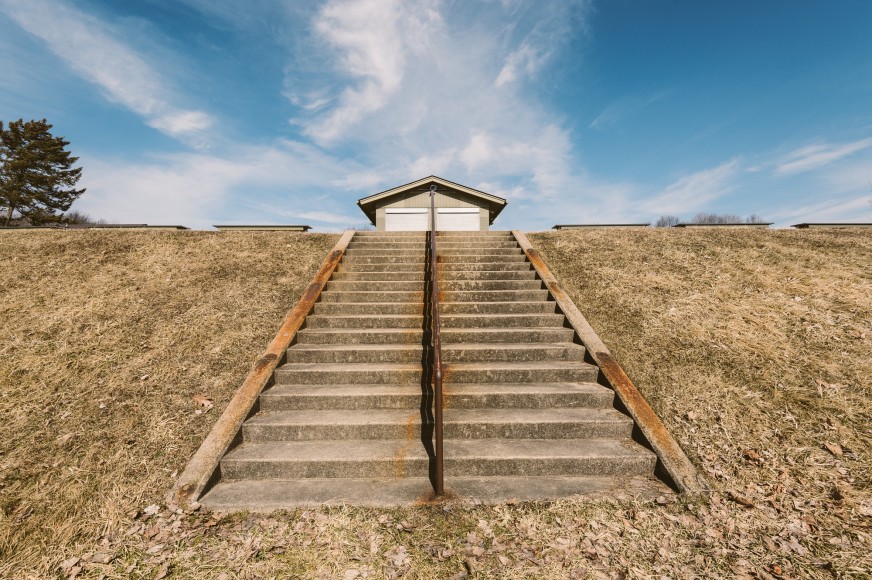
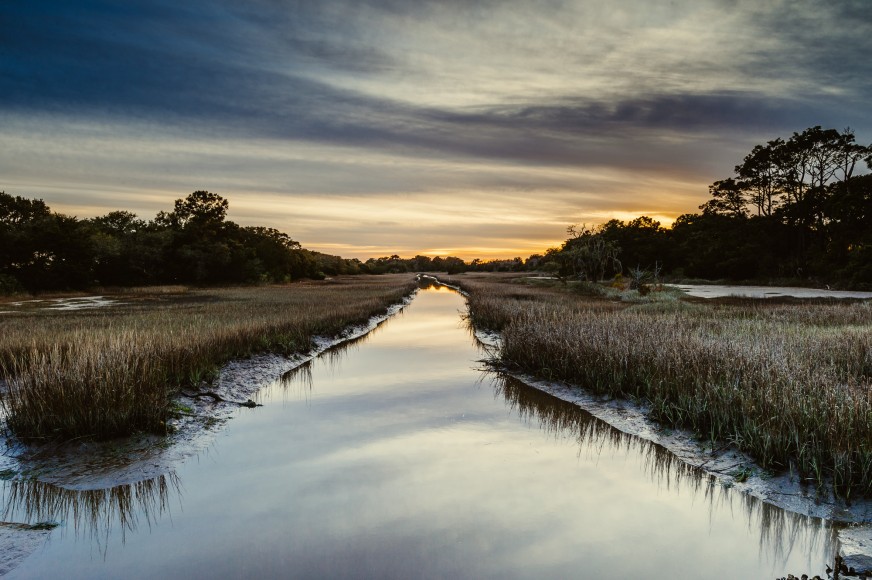
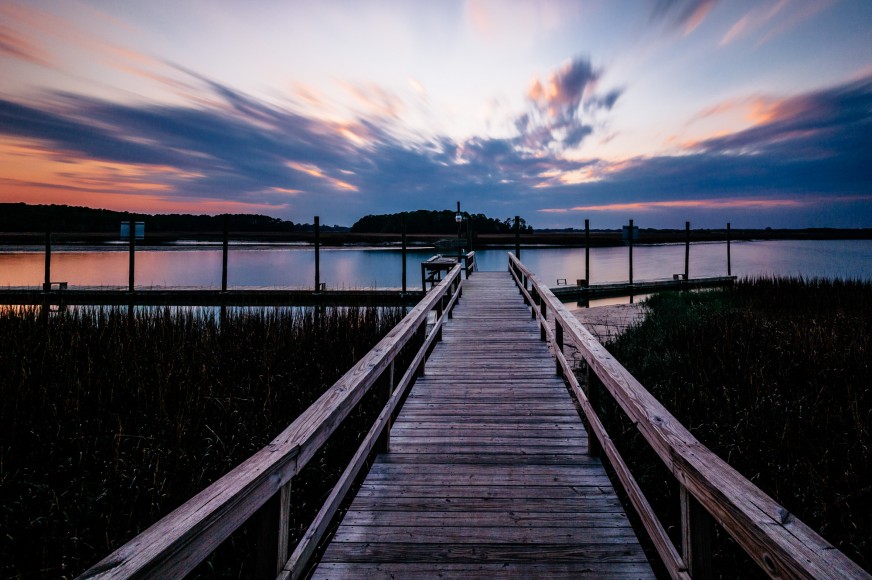
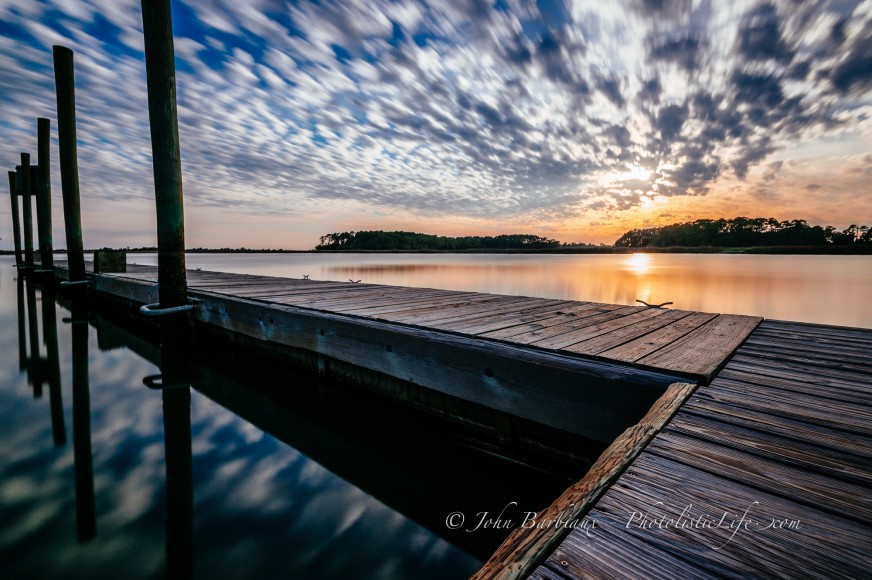
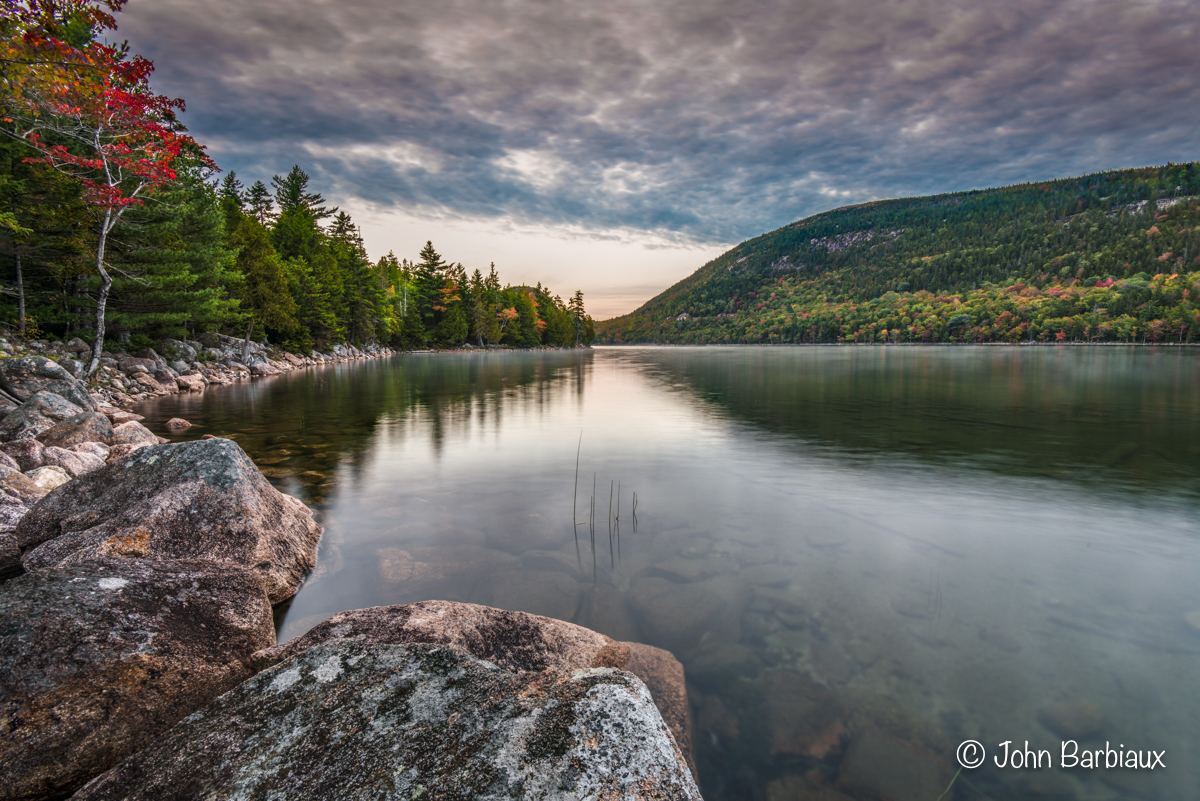
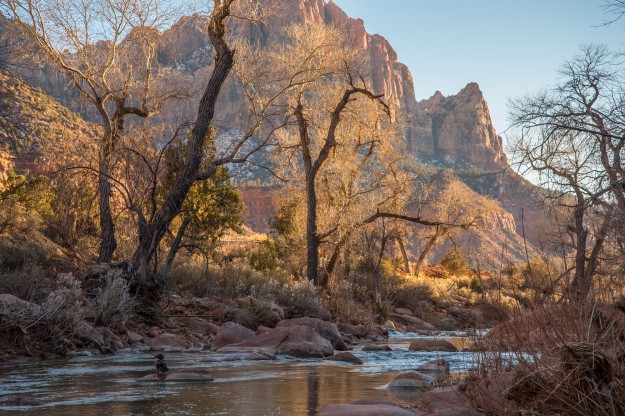
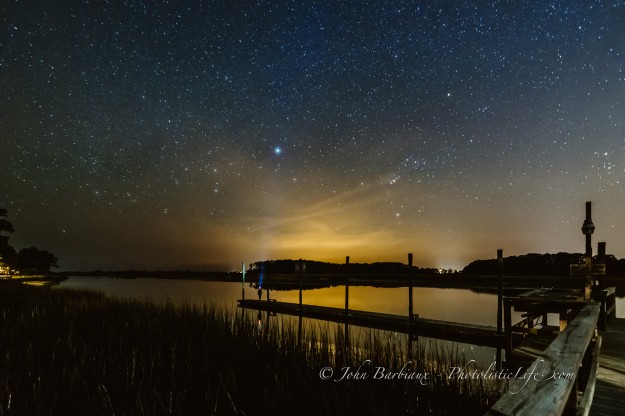
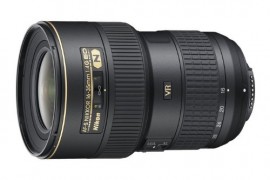
I also own the lens ( on Nikon Df ) – and I like the neearest focus distance of 28cm too . it’s like a wide angle macro. I am impressed about your excellent website; Karl
Thanks!
Like Karl.R, I also own this lens and use it on Nikon Df. Prima lens for landscape and the only zoom I own.
I am not sure why, but I really enjoyed your review of this lens…good job!
Thank you!
I purchased this lens recently along with a Nikon D750, and I am looking forward to using the two together when it arrives but I am concerned about whether the 16-35 will be a good or bad copy, considering user reviews on the internet.
Two things to remember; you’ll often find more negative comments about products in forums and comment sections because the bad experience motivated them to take the time to write something and any lens/camera/product has the potential to be a Lemmon. I always try to purchase my gear from dealers that allow 30 days for me to return something and get a full refund… 30 days is generally enough for me to work out any issues if there are any. I’ve received a lens before that was scratched at the factory and exchanged it for a perfect copy that I ended up using for years. All I can vouch for is my copy of the Nikon lens and I’ve not had any issues, hopefully you will not either. But if you do, hopefully the dealer you purchased from would allow you to exchange it. I always buy from Amazon when I can, they have a great return policy and bend over backwards to make sure you’re happy. Hope that makes you feel better. Enjoy your new gear!
Thank you for this review. Just bought the lens to use w my 750. I also want to do night photog and the 14-24 is just too expensive..almost $700 more. So having this review helped me buy this camera without remorse.
Great, I’m glad it helped. Years later and this lens is still my absolute favorite landscape lens.
HI John I love this lens. Was using it on a D7100 and it works beautiful during day. However used it for astro photography, got lots of noise (purple, green) Then used it Nikon 12-24 mm it was perfect. There was noise but manageable that I took care in post processing.
Not sure if I was doing anything wrong with 16-35 mm ?
Thanks
Hey, I’m glad you like the lens. It’s still my go to for landscape photography. I’ll take a stab at your issue but there are a number of variables that could be causing the noise… None of which would be the lens in a direct way. Lenses do not cause digital noise, that is a byproduct of the cameras sensor and can happen because of high ISO, excessive heat, and/or long exposure without noise reduction. Why you’re seeing a difference could be because the wider angle of the 12mm will allow more light which in turn keeps ISO slightly lower and/or time slightly shorter. Are you using auto noise reduction? If you’ve turned it off you’ll certainly have some color noise but if you take a shot with the same exposure with your lens cap on you can use this “blank” shot as a reference in Photoshop to remove unwanted noise. If I were you I’d take some time to run a few tests and iron out the issue, at the very least you’ll become more familiar with your camera/lens. Hope that helps! Have a great day.